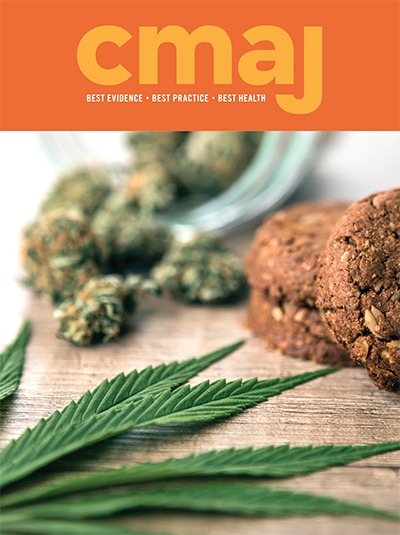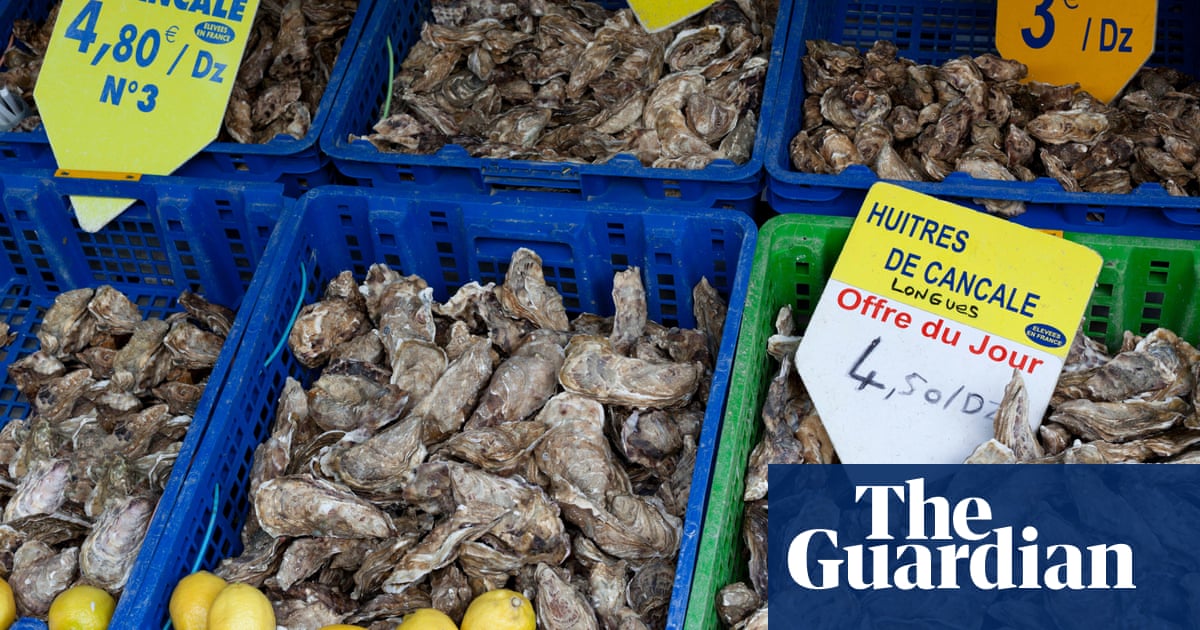Canada and many states in the US legalize recreational cannabis. Edible products containing cannabis are becoming popular in these jurisdictions. An article in CJMA discusses the danger of these new approvals. The CJMA article warns that although edibles are commonly viewed as a safer and more desirable alternative to smoked or vaped cannabis, physicians and the public should be aware of several risks related to the use of cannabis edibles. First, cannabis edibles have longer latency and duration of effects than inhaled cannabis, which may increase the risk of overdosing from overconsumption. Children and older adults are at high risk of harm form edible cannabis. Children (and pets) are at risk of accidental ingestion and overconsumption of cannabis because many edibles resemble candy or other food and drink. After the legalization of cannabis edibles in Colorado, the state poison control center saw a 70% increase in calls for accidental cannabis exposure in children from 2013 to 2017. Among older adults, cannabis consumption has been linked to greater cognitive impairment and a heightened risk of hypotension-related falls, arrhythmia and drug interactions. @ https://www.cmaj.ca/content/192/1/E1
ruth
KEY POINTS
On Oct. 17, 2019, Canada’s amended cannabis regulations entered into force, authorizing the legal production and sale of cannabis edibles in the next phase of the country’s legalization journey. Edible products are anticipated to become publicly available after the required 60-day
ruth
Health authorities in France have banned the fishing and selling of oysters in the bay around Mont-Saint-Michel and other shellfish farming areas on France’s north-western coast until further notice due to norovirus. Oyster farmers have blamed pollution along the coast on sewage that has not been fully treated. Suspect oyster batches have been withdrawn from sale. The contamination of the shellfish (mainly oysters) caused more than 668 illnesses. The illnesses started in December of 2019, with a peak of illnesses at 25-27 of December. @ https://www.theguardian.com/world/2020/jan/06/brittany-oyster-farms-gastroenteritis-epidemic-sewage
Farmers blame ‘ecological emergency’ on inadequate treatment of sewage
ruth
The FDA announced on its website that Lipari Foods had recalled various Premo and Fresh Grab wedge sandwiches due to potential contamination of Listeria monocytogenes. The product was distributed exclusively by Lipari Foods in Warren, Michigan to foodservice and retail stores throughout Florida, Illinois, Indiana, Kentucky, Maryland, Michigan, Ohio, Pennsylvania, Tennessee, West Virginia, and Wisconsin. The affected products include Wedge Ham & Cheese On Wheat, Wedge Egg Salad On Wheat, Wedge Chicken Salad On Wheat, Wedge Tuna Salad On Wheat, Wedge Ham/American On Wheat, Wedge Egg Salad On Wheat, Wedge Chicken Salad On Wheat, Wedge Tuna Salad On Wheat, Wedge Turkey No Cheese On Wheat, and Wedge Ham/American On White. The contamination was identified by JLM Manufacturing after environmental sampling returned a positive test result for Listeria monocytogenes. No illnesses have been reported to date with these products or recall. Lipari Foods began shipping this product on December 31, 2019.@ https://www.fda.gov/safety/recalls-market-withdrawals-safety-alerts/lipari-foods-issues-recall-various-wedge-deli-sandwiches-due-potential-contamination-listeria?utm_campaign=Lipari%20Foods%20Issues%20Recall%20of%20Various%20Wedge%20Deli%20Sandwiches&utm_medium=email&utm_source=Eloqua
Lipari Foods has issued a voluntary recall of various Premo and Fresh Grab wedge sandwiches due to potential contamination of Listeria monocytogenes.
ruth
The European Food Safety Authority (EFSA) and the European Center for Disease Prevention and Control released their Annual Report entitled—“The European Union One Health 2018 Zoonoses Report”, published by the European Food Safety Authority (EFSA) and the European Centre for Disease Prevention and Control (ECDC). They reported that in 2018, the EU Member States reported 5,146 foodborne outbreaks affecting 48,365 people. Salmonella caused nearly one in three foodborne outbreaks in the EU in 2018. Slovakia, Spain and Poland accounted for 67% of the 1,581 Salmonella outbreaks. These outbreaks were mainly linked to eggs. Salmonellosis was the second most commonly reported gastrointestinal infection in the EU (91,857 cases reported), after campylobacteriosis (246,571). Shiga toxin-producing E. coli (STEC) has become the third most common cause of foodborne zoonotic disease with 8,161 reported cases – replacing yersiniosis with a 37% increase compared to 2017. This increase may be partly explained by the growing use of new laboratory technologies, making the detection of sporadic cases easier. The number of people affected by listeriosis in 2018 is similar to 2017 (2,549 in 2018 against 2,480 the previous year). However, the trend has been upward over the past ten years. Of the zoonotic diseases covered by the report, listeriosis accounts for the highest proportion of hospitalized cases (97%) and the highest number of deaths (229). Making listeriosis one of the most serious foodborne diseases. @ http://www.efsa.europa.eu/en/news/salmonella-most-common-cause-foodborne-outbreaks-european-union
Nearly one in three foodborne outbreaks in the EU in 2018 were caused by Salmonella. This is one of the main findings of the annual report on trends and sources of zoonoses published today by the European Food Safety Authority (EFSA) and the European Centre for Disease Prevention and Control (ECDC). In 2018, EU Member States reported 5,146 foodborne outbreaks affecting 48,365 people. A foodborne disease outbreak is an incident during which at least two people contract the same illness from the same contaminated food or drink.




